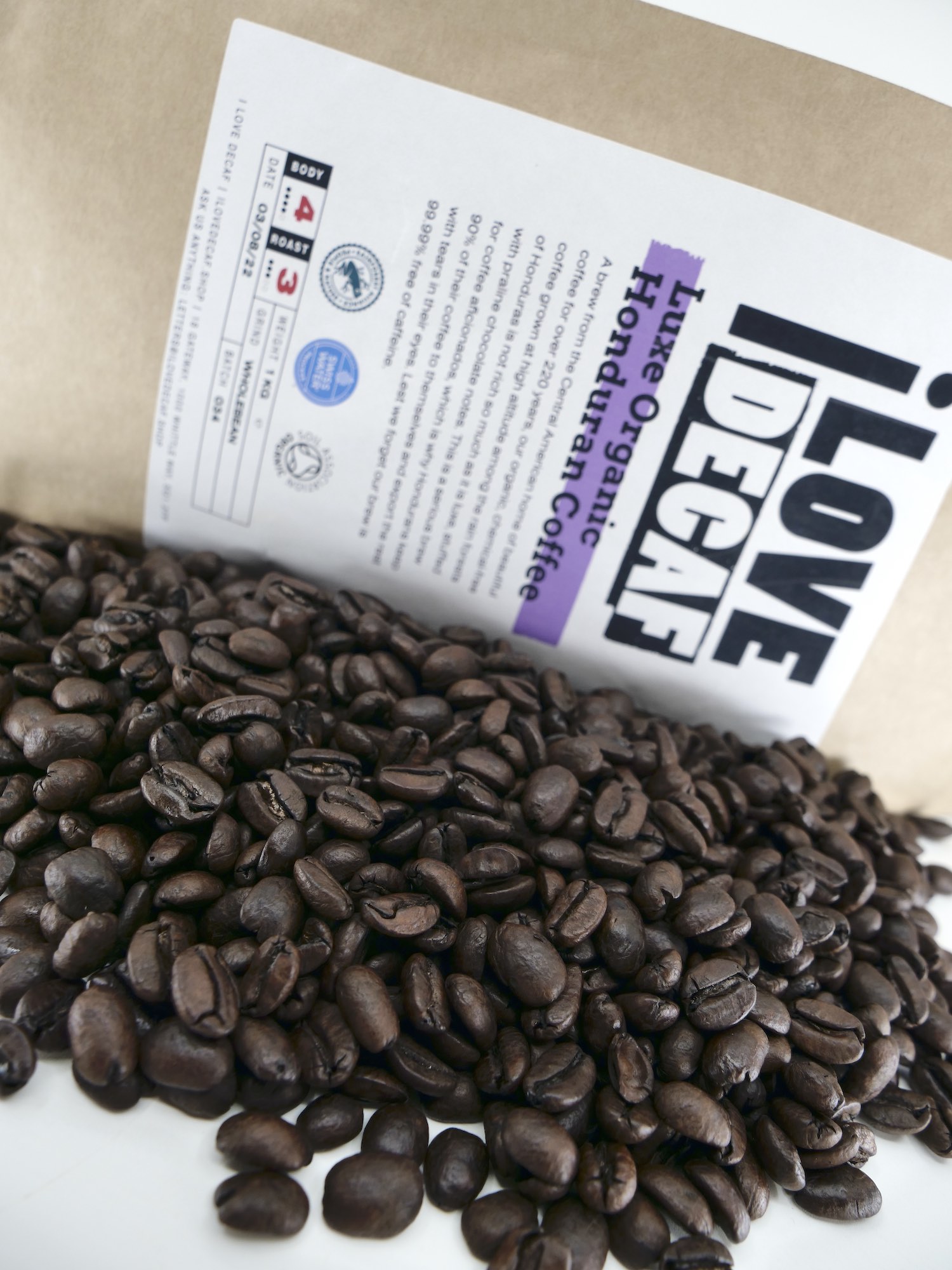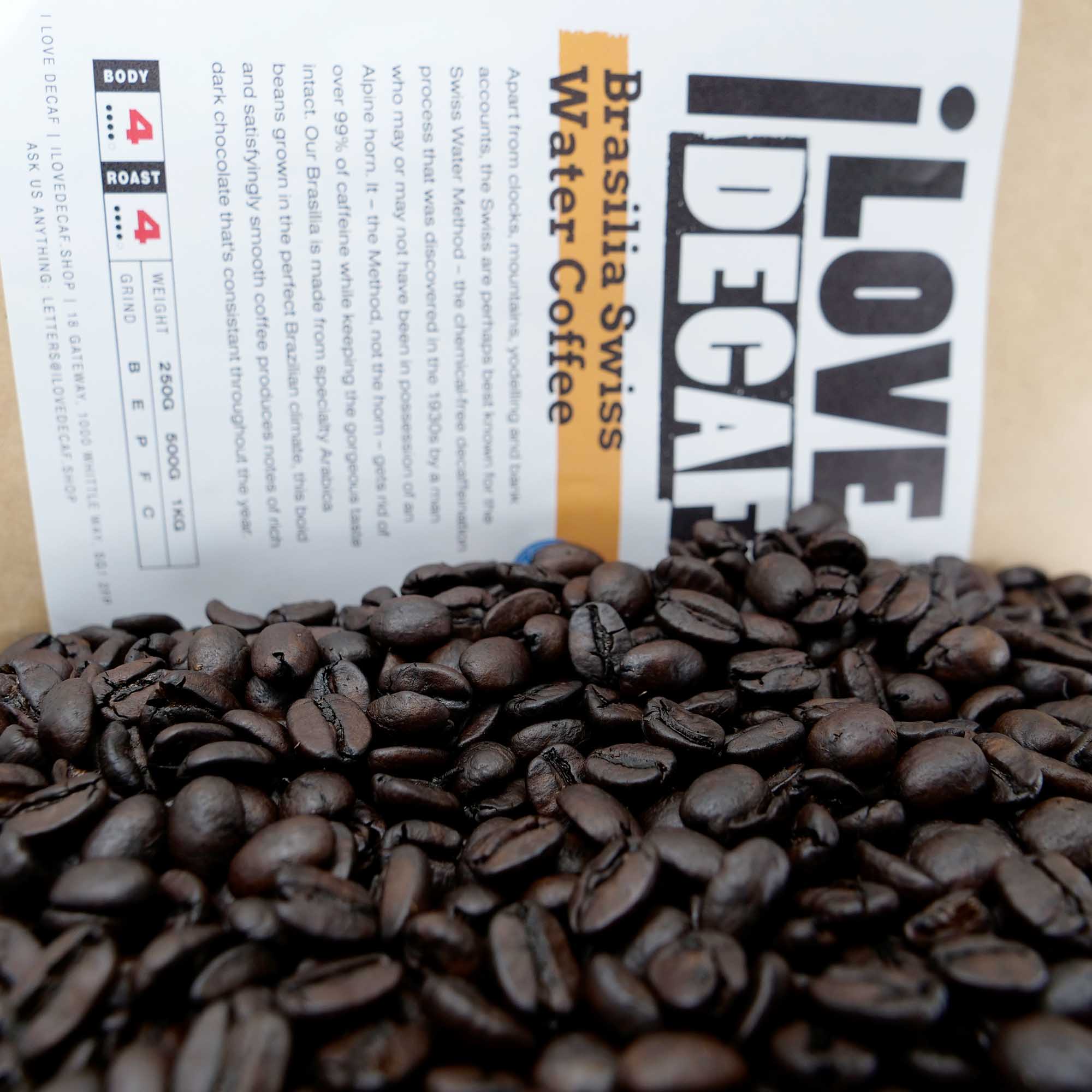Where Magic Transforms Coffee info Decaf
Once upon a time, in the mystical world of coffee, there existed a captivating process known as Swiss Water Decaf—an enchanting transformation that turned regular coffee into a caffeine-free wonder, all while preserving its mesmerizing flavour.
The Genesis of Decaffeination Magic
Our journey into this realm begins with a coffee sorcerer named Ludwig Roselius, who, in the year 1903, set out on a quest to vanquish caffeine from coffee beans. Legend has it that he was driven by a noble purpose, believing that excessive coffee consumption had played a cruel hand in his father’s fate. In those early days, a treacherous substance known as benzene was the elixir used to strip caffeine from the beans.
A Swiss Saga of Decaffeination
Fast forward to 1933, where the magical tale of Swiss Water Decaf truly unfolds, set against the picturesque backdrop of Switzerland. For ages, it remained the sole guardian of decaffeination, a process shrouded in secrecy and free from the taint of chemicals.
As the years wove their intricate tapestry, Swiss Water Decaf entered the realm of commerce in 1980, albeit with a touch of unpredictability. It yielded batches that proved elusive for roasters, challenging their expertise. But, dear reader, the magic was far from over.
The Magical Elements of Swiss Water Decaf
The essence of Swiss Water Decaf lay in the harmonious dance of three enchanting elements: water, temperature, and time. This magical performance spanned a delicate 10-hour ritual, where the very soul of coffee was protected.
At the heart of this enchantment lay GCE—Green Coffee Extract. This mystical concoction, pure as spring water, cradled all the water-soluble secrets of green coffee. It was here that the true alchemy began.
The Alchemical Creation of GCE
In the first step of the GCE conjuring ritual, green coffee beans were bathed in hot water, a dance that liberated the water-soluble treasures. Once the beans relinquished their secrets, they retreated, leaving their essence in the water.
The second step involved the carbon filter, a proprietary enchantment of precise pore size. It trapped only the elusive caffeine, letting the other components pass unscathed. This ensured that the GCE remained caffeine-free, a true elixir.
Carbon: The Unsung Enchanter
But GCE alone could not wield this magic; it needed an ally—carbon. Carbon, a unique element with unparalleled bonding abilities, added its own touch of enchantment. Together, they were the guardians of quality.
Carbon, like a wizard of old, had the power to form strong bonds, sealing off those elements that dared enter its realm. The proprietary carbon filters, akin to magical portals, had pores just the right size for caffeine molecules. As the GCE, still dancing with caffeine, passed over these filters, only caffeine succumbed. The bond was unbreakable, save through the fires of incineration.
The Magical Decaffeination Rite
With GCE and carbon in harmony, the grand decaffeination rite commenced.
The green coffee, cleansed and ready, met the caffeine-free GCE. A delicate dance of diffusion began, as caffeine flowed from the beans to the GCE, taking nearly ten hours to complete. The result: coffee beans 99.9% free from the caffeine enchantment.
The decaffeinated beans, like knights in shining armour, were sent to the dryer. Meanwhile, the GCE, now burdened with caffeine, headed to carbon filtration, where caffeine was captured, awaiting only incineration to break the bond. And so, the cycle of enchantment continued, with the GCE re-joining fresh green coffee beans to dance again.
The Organic Spell of Swiss Water Decaf
The most remarkable aspect of Swiss Water Decaf was its organic certification, proving that magic could indeed be pure and untainted. No chemicals marred this wondrous process; it simply let the coffee’s natural flavours shine.
Savouring the Magic and Health of Swiss Water Decaf
When brewing this magical decaffeinated elixir, you might notice the need for a touch more coffee or a finer grind. This adjustment, a secret whispered among the coffee alchemists, unlocks the full flavour potential.
But the magic of Swiss Water Decaf extended beyond flavour. It offered a treasure trove of health benefits—a potion of antioxidants, protecting against the shadows of free radicals. In a single cup, you’d find traces of daily-recommended potassium, magnesium, and Vitamin B3, a gift from the coffee wizards.
And for those seeking refuge from the acid reflux dragon, decaf proved to be a gentle friend.
In the End, Magic Prevails
And so, our enchanting tale of Swiss Water Decaf comes to a close. In this world of coffee, where magic and science intertwine, the future is bright. The demand for decaffeinated coffee beans, pure and untainted, continues to rise.
Swiss Water Decaf stands as a testament to the magic within our coffee cups—a reminder that what we remove is just as vital as what we leave behind. In the heart of every coffee bean, there lies a world of enchantment. Will you take the journey and savour the magic of Swiss Water Decaf?

Decaf coffee
I Love Decaf is the only UK destination for the best decaf coffee. We supply decaf coffee beans, pods, filter and ground decaf coffee for those who love the taste of decaf coffee.




